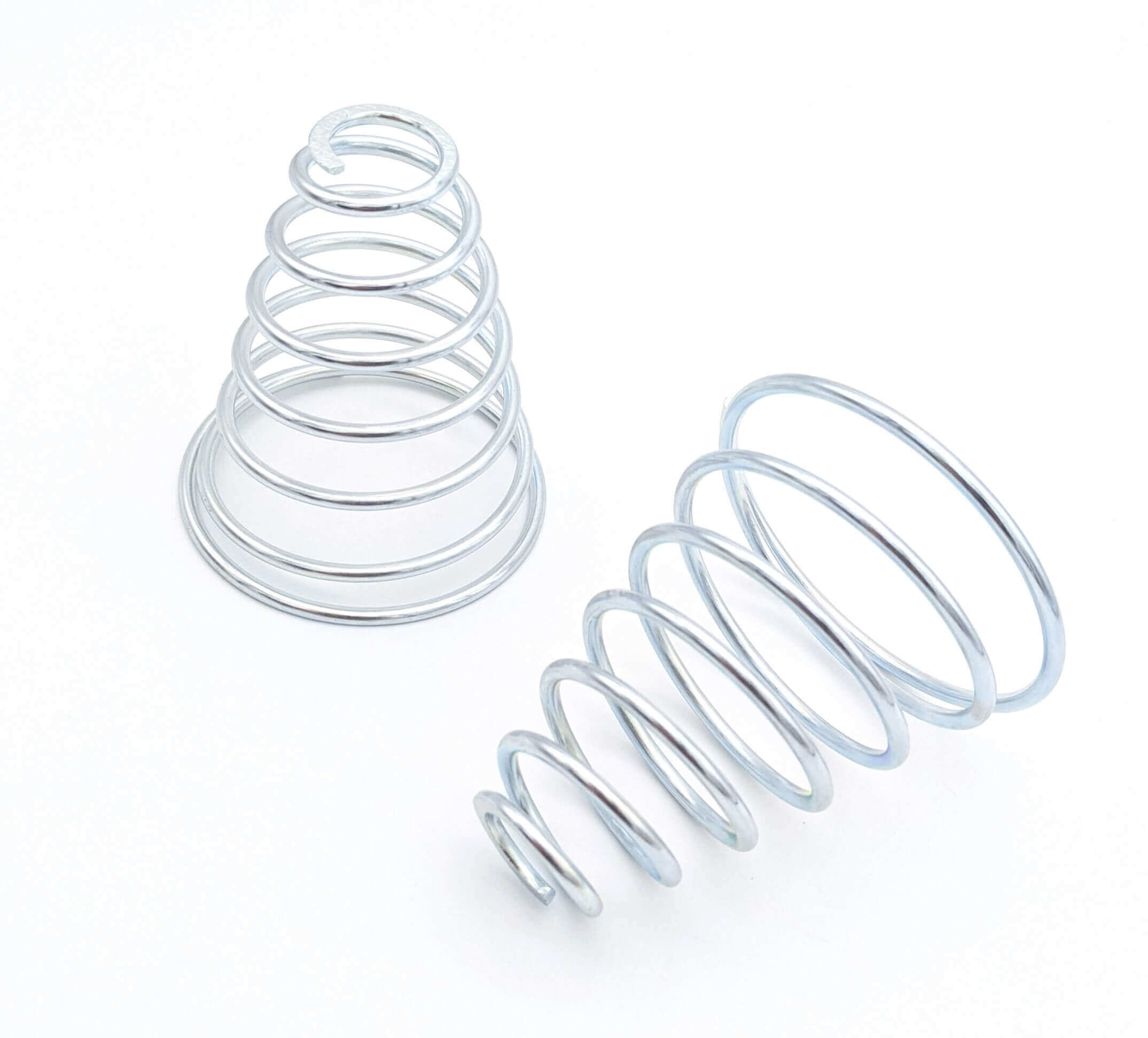Get unique, complex parts easily. No matter your requirements, Chaoyi Spring creates hard-to-produce coil springs and wire forms.
Let us help you create the custom wire form you need, from S-hooks and J-hooks to utility hooks and more.
We work closely with customers across a wide range of industries, helping them design and manufacture made-to-order parts.
Why choose Chaoyi Spring? We prioritize customer-focused collaboration, modern equipment and the latest technology to make your parts per print.
Find the information and guidance you need, from measuring a spring to learning about materials, placing an order and much more.
When it comes to mechanical components, springs are essential for various applications, from simple door hinges to complex automotive suspensions. Two common types of springs often come into play: torsion


When it comes to mechanical components, springs are essential for various applications, from simple door hinges to complex automotive suspensions. Two common types of springs often come into play: torsion springs and extension springs. While they both serve to store and release energy, their mechanisms and applications differ significantly. Understanding the nuances of each type is crucial for selecting the right spring for a particular design. This article delves into the core differences between torsion springs and extension springs, exploring their unique characteristics, applications, and considerations for choosing the optimal spring type.

Torsion springs, as the name suggests, operate by twisting. They are typically helical in shape, with a central axis around which they twist. Imagine a coil spring you might find in a retractable pen, except instead of compressing or extending, it rotates. When a torque (twisting force) is applied, the spring coils up, storing energy. Once the force is released, the spring unwinds, releasing the stored energy.
Think of a torsion spring as the driving force behind a door closing mechanism. As the door opens, it twists the spring, storing energy. When the door is released, the spring untwists, pulling the door closed. This twisting action is the hallmark of torsion springs.
Extension springs, on the other hand, operate in a linear fashion. Imagine a spring on a pogo stick – it stretches out as you jump and contracts back to its original length when you land. Extension springs store energy by stretching or extending, and they exert force when they return to their relaxed position.
The common example of an extension spring is a clothesline. You pull it tight to hang laundry, and the tension it creates is due to the extension spring pulling the clothesline back towards its original relaxed state.
The core distinction between torsion and extension springs lies in the way they store and release energy:
Selecting the appropriate spring type depends entirely on the specific design requirements and application. Here are some key considerations:
The world of springs encompasses a vast array of types, including compression springs, constant force springs, and helical springs. Each has its unique characteristics and applications. For more in-depth knowledge, consider exploring resources from reputable spring manufacturers, engineering textbooks, and online forums dedicated to mechanical design.
In conclusion, the choice between a torsion spring and an extension spring boils down to the specific needs of your design. Understanding the fundamental differences between these two spring types will empower you to make informed choices that enhance the functionality and performance of your mechanical systems.
Whether you're working on a simple door latch or a complex automotive suspension, understanding the mechanics of torsion springs and extension springs is paramount for success. These springs, with their contrasting ways of storing and releasing energy, are fundamental components in countless mechanical designs. By thoughtfully considering your specific application requirements and exploring the vast array of spring types available, you can create robust, efficient, and reliable mechanical systems.
Browse some of the custom wire forms and springs that we manufacture. Don’t see what you need? We specialize in made-to-order products that meet your application requirements.
Visit Our GalleryNeed a custom wire form or coil spring? We make it work. Fill out the contact form and a representative will respond within 1 business day. If you have a PDF or CAD file, you can submit to request a quote.